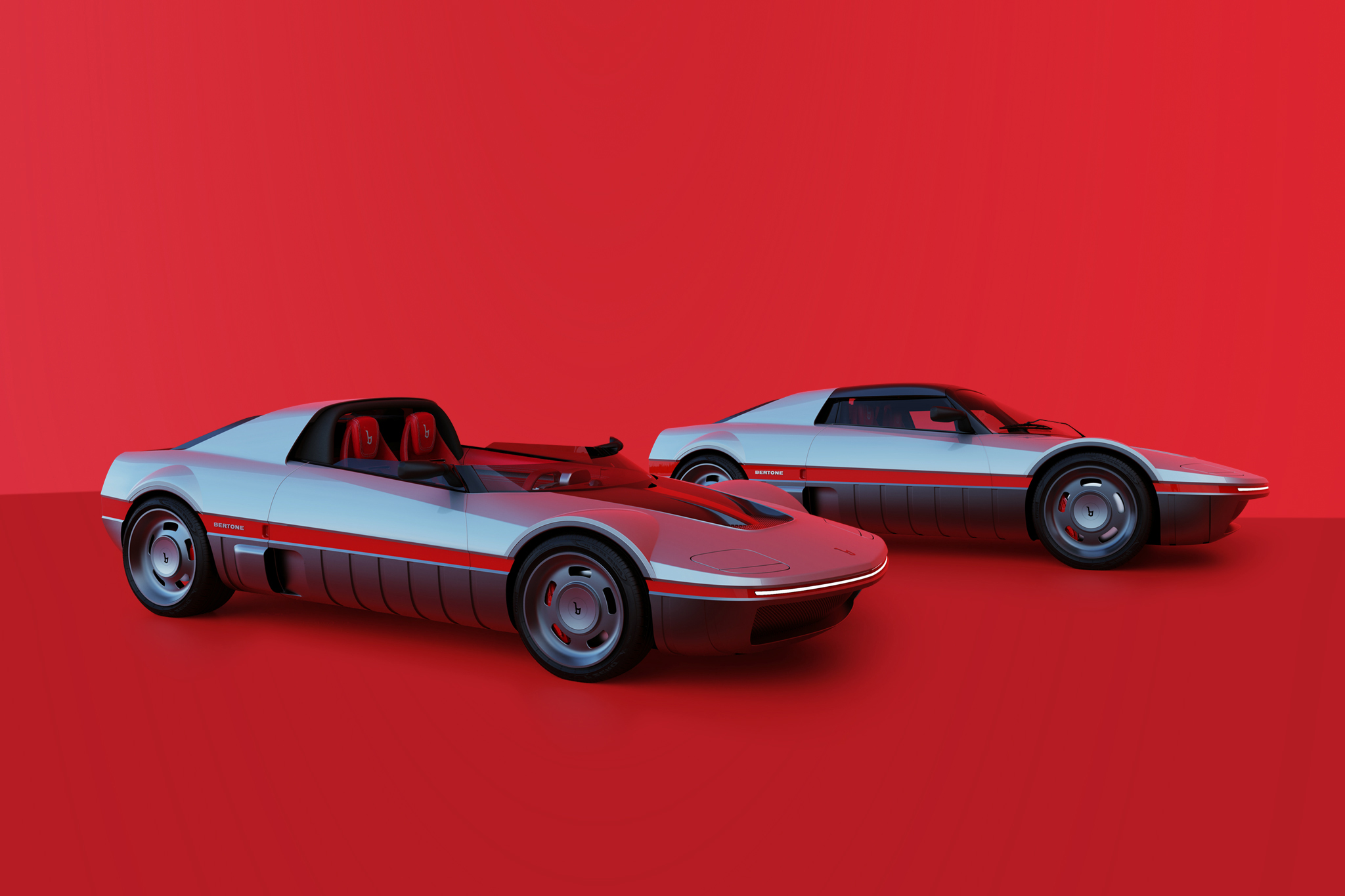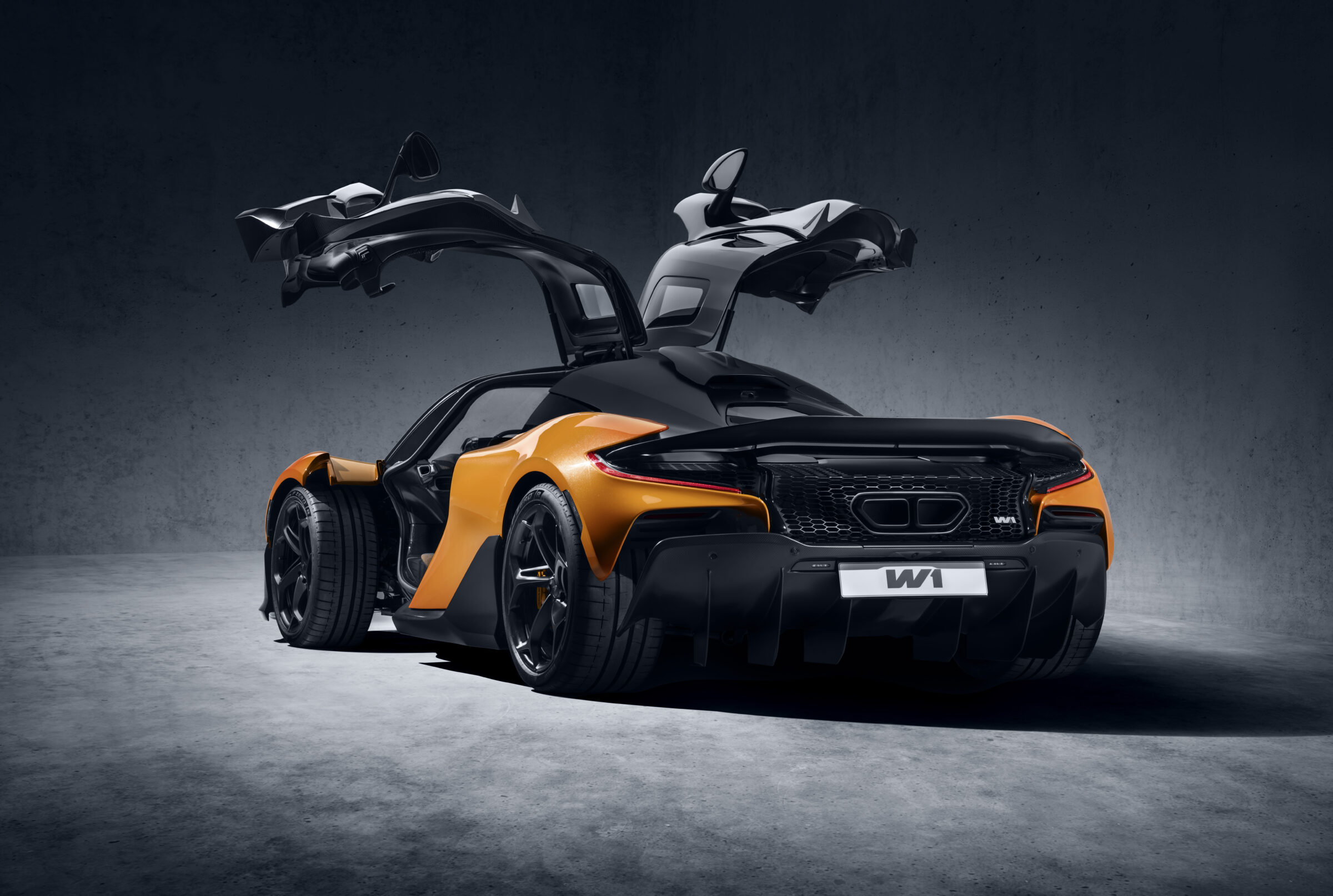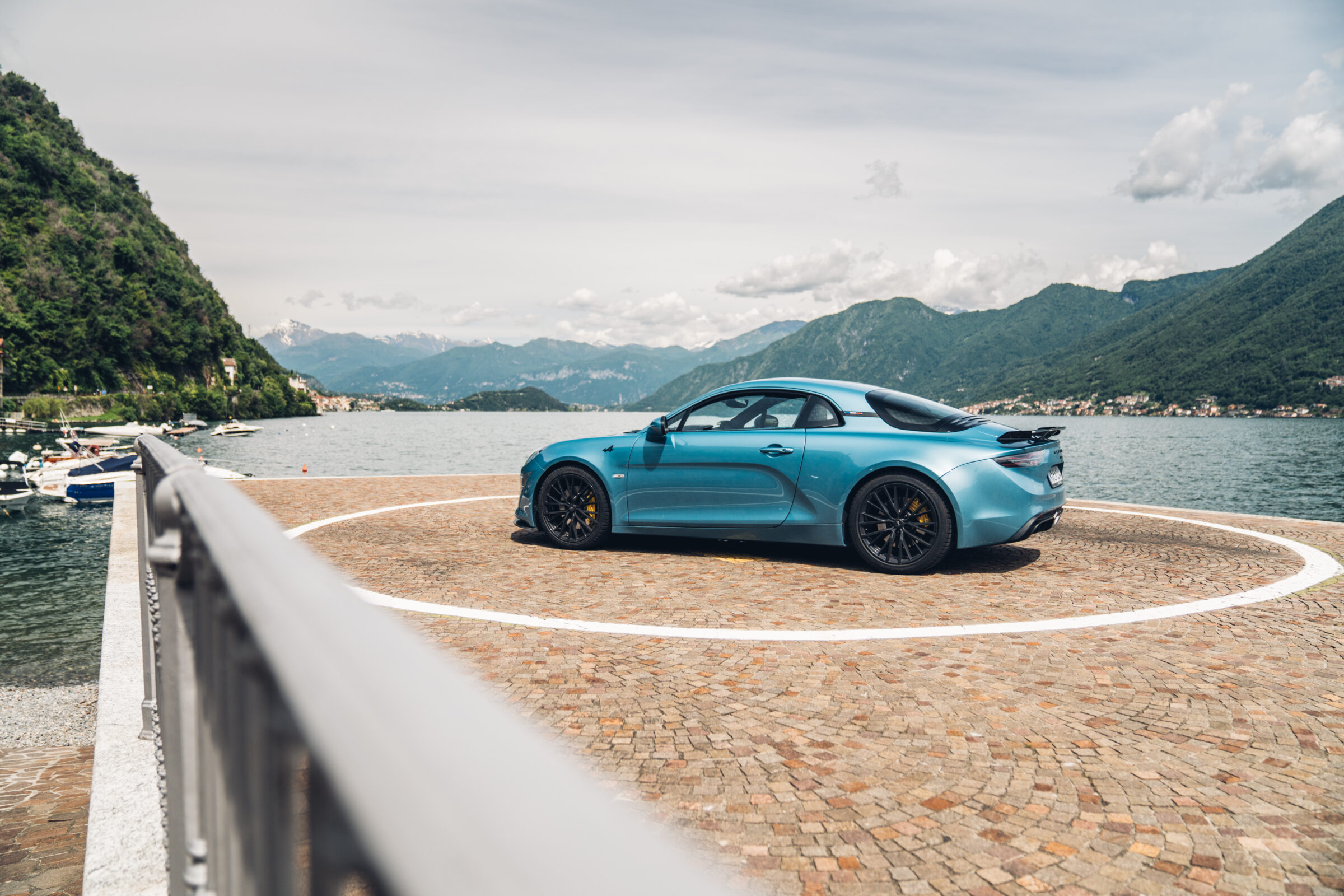Jaguar Sports Car Collection
Nowadays Jaguar is known for sporty and luxurious automobiles. But only a few experts know about the beginnings of the brand. It all started with Swallow Sidecars, founded by William Lyons in Blackpool in 1922 and originally – in keeping with the name – producing motorcycle sidecars. Four years later, they moved into larger premises and expanded the offer to body repairs for cars, which were finally also produced in exchange for works bodies. As the Austin Seven was one of the most frequently driven vehicles in the UK at the time, the team around Lyons focused their efforts on this model, and later on vehicles from Standard, a UK based manufacturer. In 1928, the company moved again, this time to Coventry, and from 1931 they produced their first own car on a specially developed low chassis from Standard for Swallow. Since they couldn’t find a regulation as to whether these cars would be correctly labeled as ‘Standard Swallow’ or ‘Swallow Standard’, they agreed on the compromise S.S. (also ‘SS’ or ‘S/S’ in some quotes), which could also be read as an abbreviation for ‘Swallow Sidecars’. The takeover of the coachbuilding company Holbrook Bodies increased the production capacities.
In 1935 Swallow was working on a two-seat sports car version of the original model S.S. 1, referred to as S.S. 90, which debuted on March 15, 1935 with new bodywork and a slightly shortened chassis. In fact, the only prototype built still exists today and is part of a Jaguar collection offered by Pendine Historic Cars in Oxfordshire. This collection is the automotive life work of the Swiss Dr. Christian Jenny, who came in contact with Jaguar in the 1970s and since then has put together his extraordinary collection. The ‘Jaguar Sports Car Collection’ is so outstanding that in 2014 even a separate book about it was published. Back to the history of Jaguar: William Lyons soon sought a nickname for his sports car that should underline its dynamics. He quickly thought about the predatory power of a Jaguar and the successor model S.S. 100 gained this additional designation. Two of them are in the collection as well. After the war-related production stop in the 40s, the brand decided to give up the S.S. abbreviation for understandable reasons. Instead the company was renamed to Jaguar.
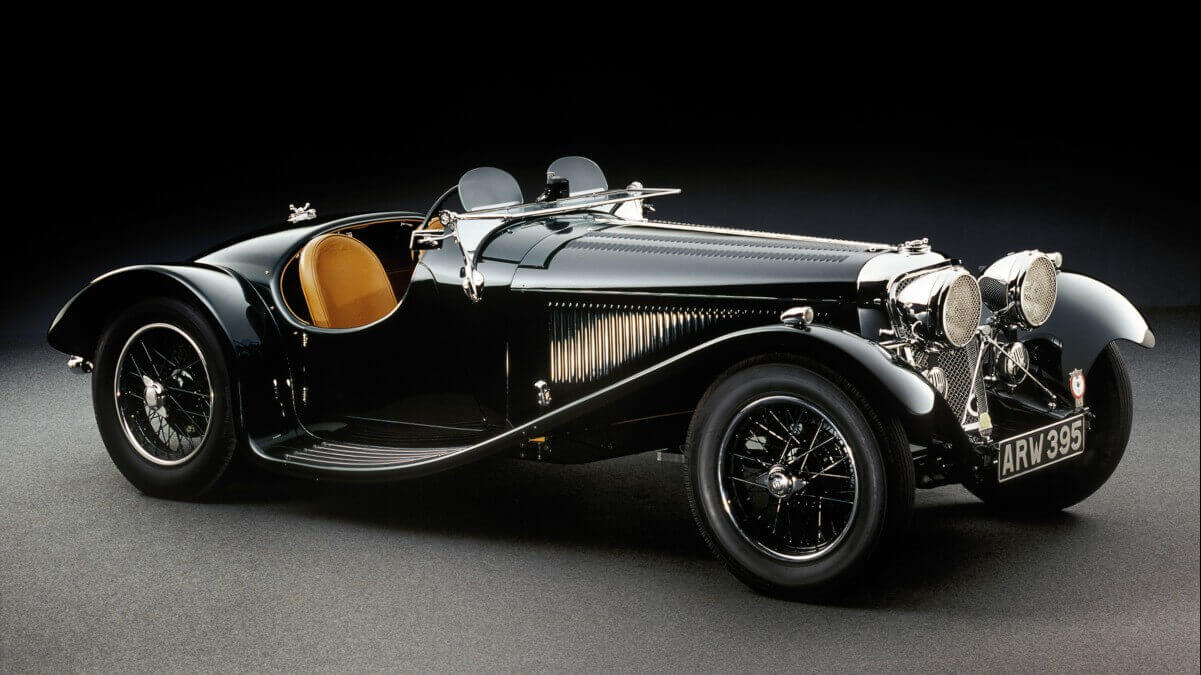

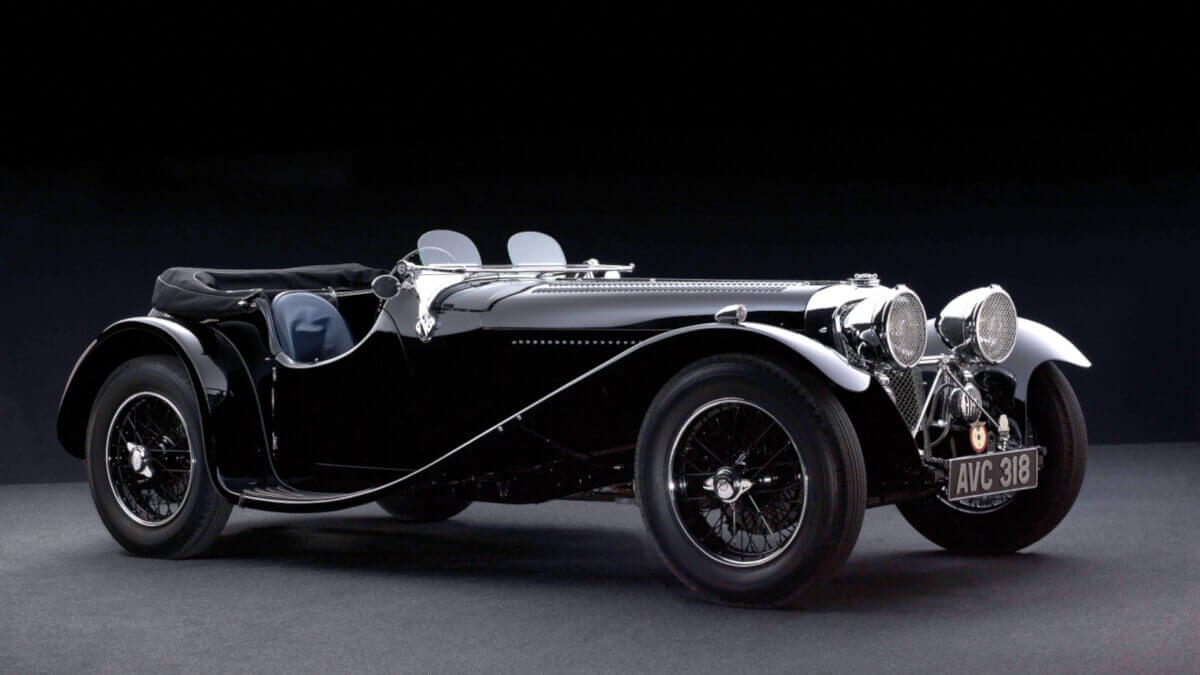

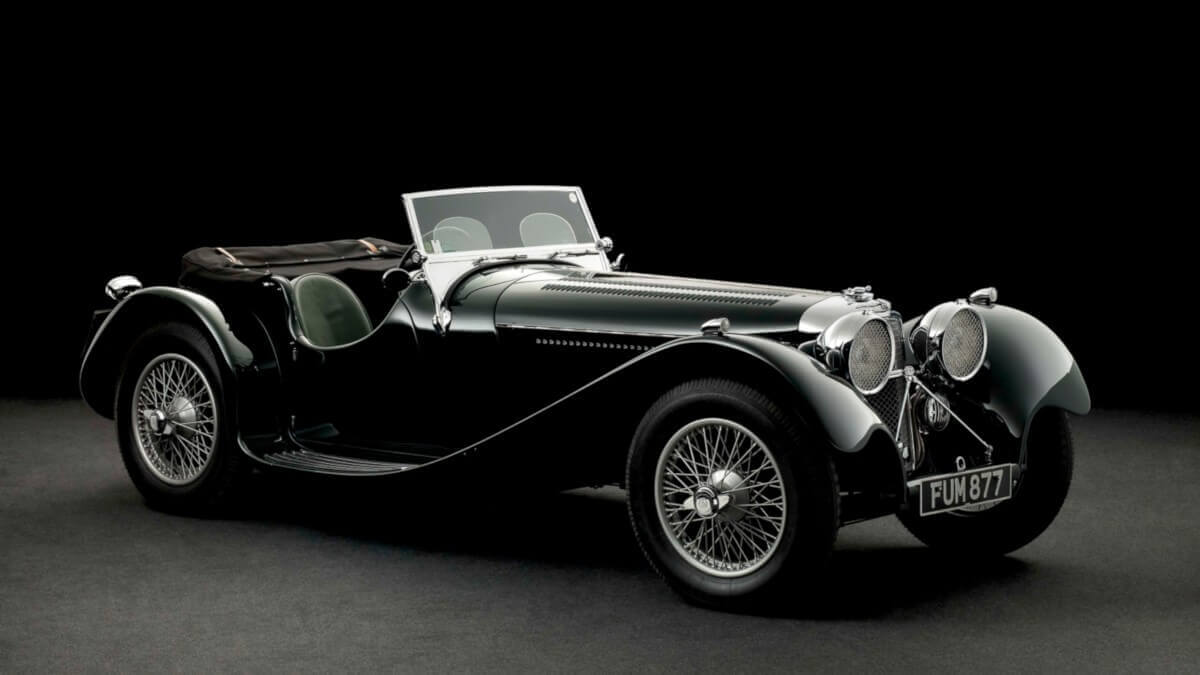





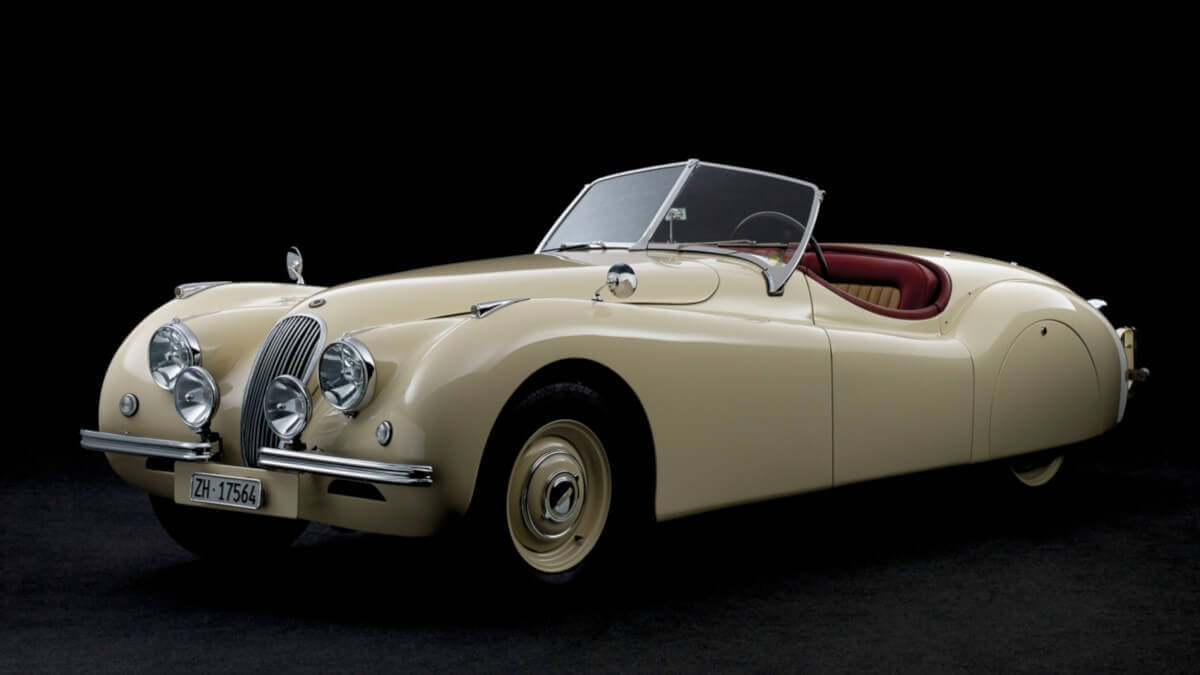

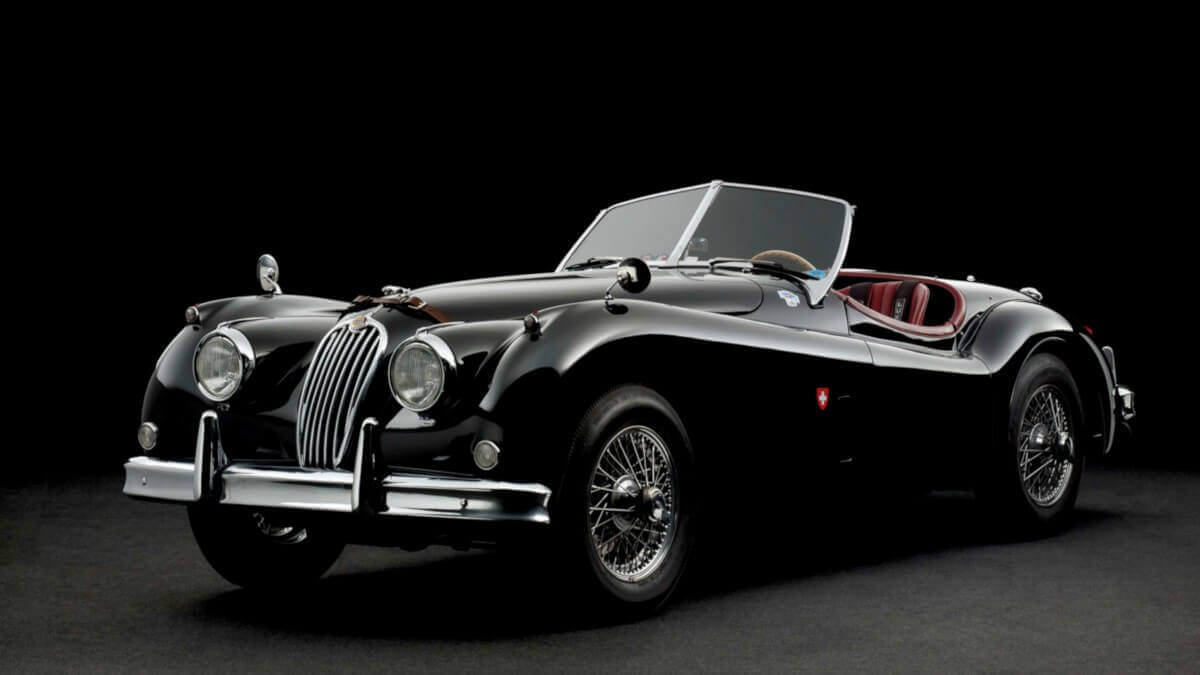

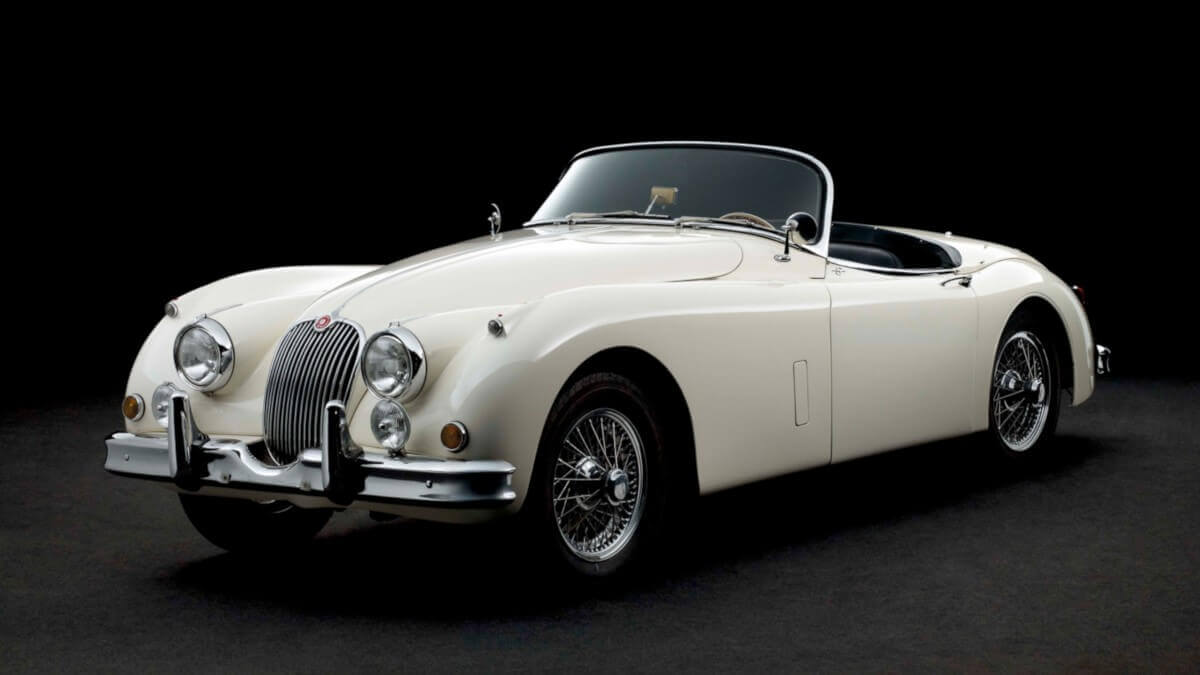

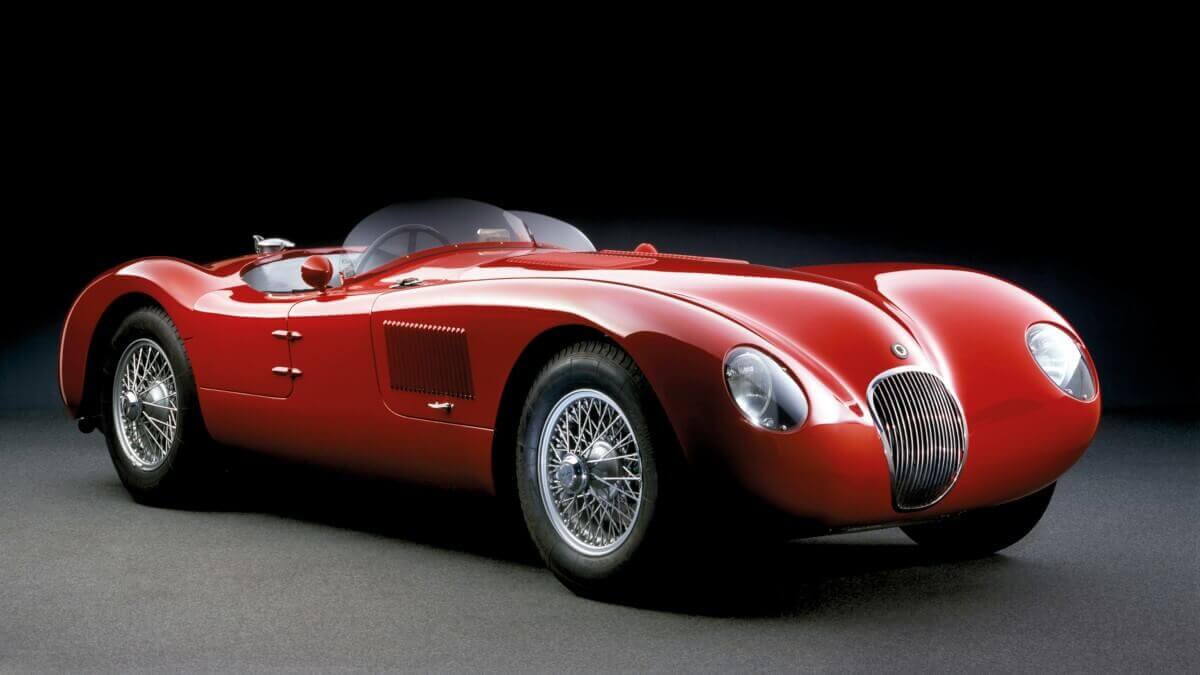





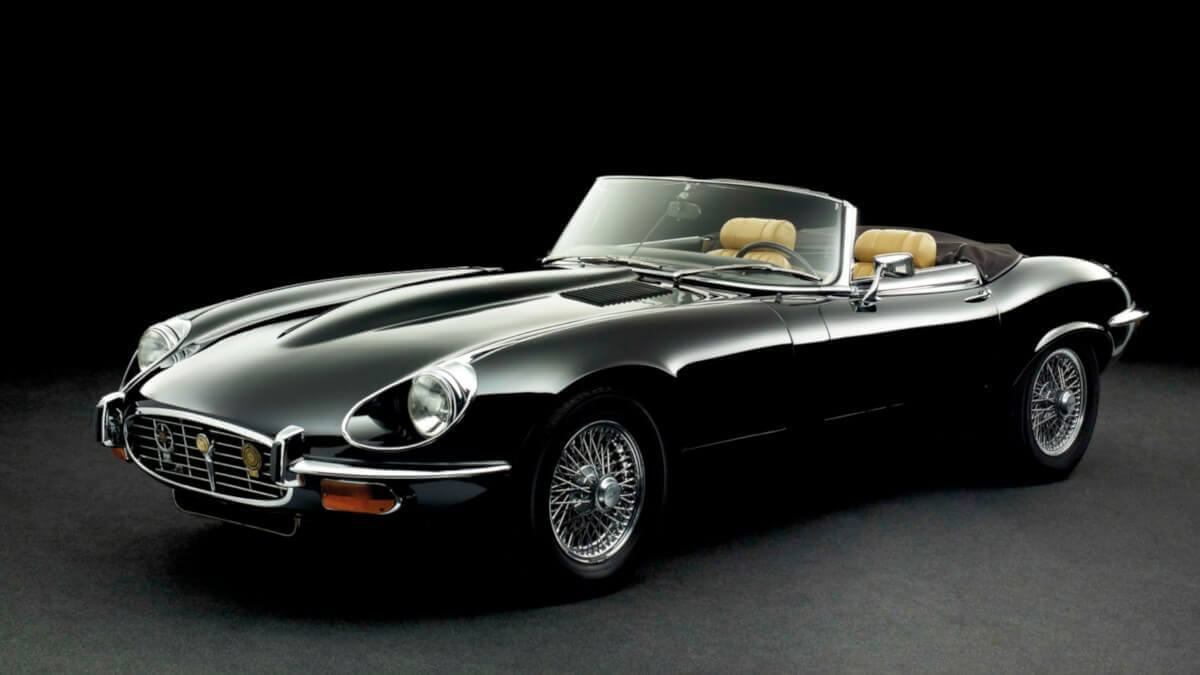

In 1948 the first postwar sports car appeared in the form of the Jaguar XK120, in whose name the letters stood for the engine version (XK) and the then aspired topspeed of 120 mph. Two XK120s are now part of Pendine’s offer, one of them with a rare aluminium body and racing history. This was followed over the years by the successor models XK140 and XK150, which are also represented in the collection. Based on the XK120, Jaguar developed powerful racing cars called C-Type, of which actually the whereabouts of all copies is known. But one of them seemed to be lost for over 30 years. Chassis number XKC 023 arrived as a new car in the US, was used for various races and finally landed in the garage of Frank Schierenbeck from 1962. 12 years later, he had to deal with an ugly divorce and therefore hid the C-Type before the lawyers of his ex-wife could find it. Only in 1997 he got it out of storage, proved its authenticity and finally sold it.
As the successor to the XK series Jaguar presented in 1961 the now legendary E-Type at the Geneva Motor Show. In fact, Dr Jenny owns exactly that grey Coupé that was shown in the limelight in Geneva. In addition, there is another E-Type from 1961 in the collection, the 12th ever delivered Roadster to the US, as well as an unrestored E-Type Series III V12 Roadster. All vehicles are offered individually by Pendine Historic Cars. Interested parties should be fast. According to the website of the dealer there is at least already an offer on the S.S. 90 Prototype.
Images: Pendine Historic Cars, Michael Zumbrunn


